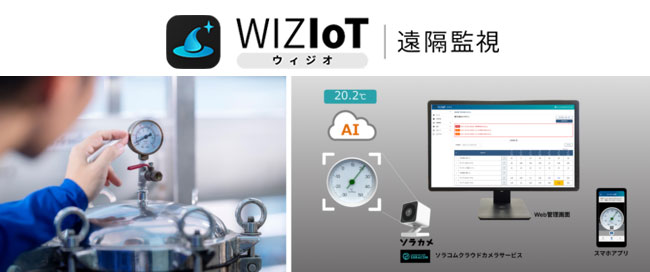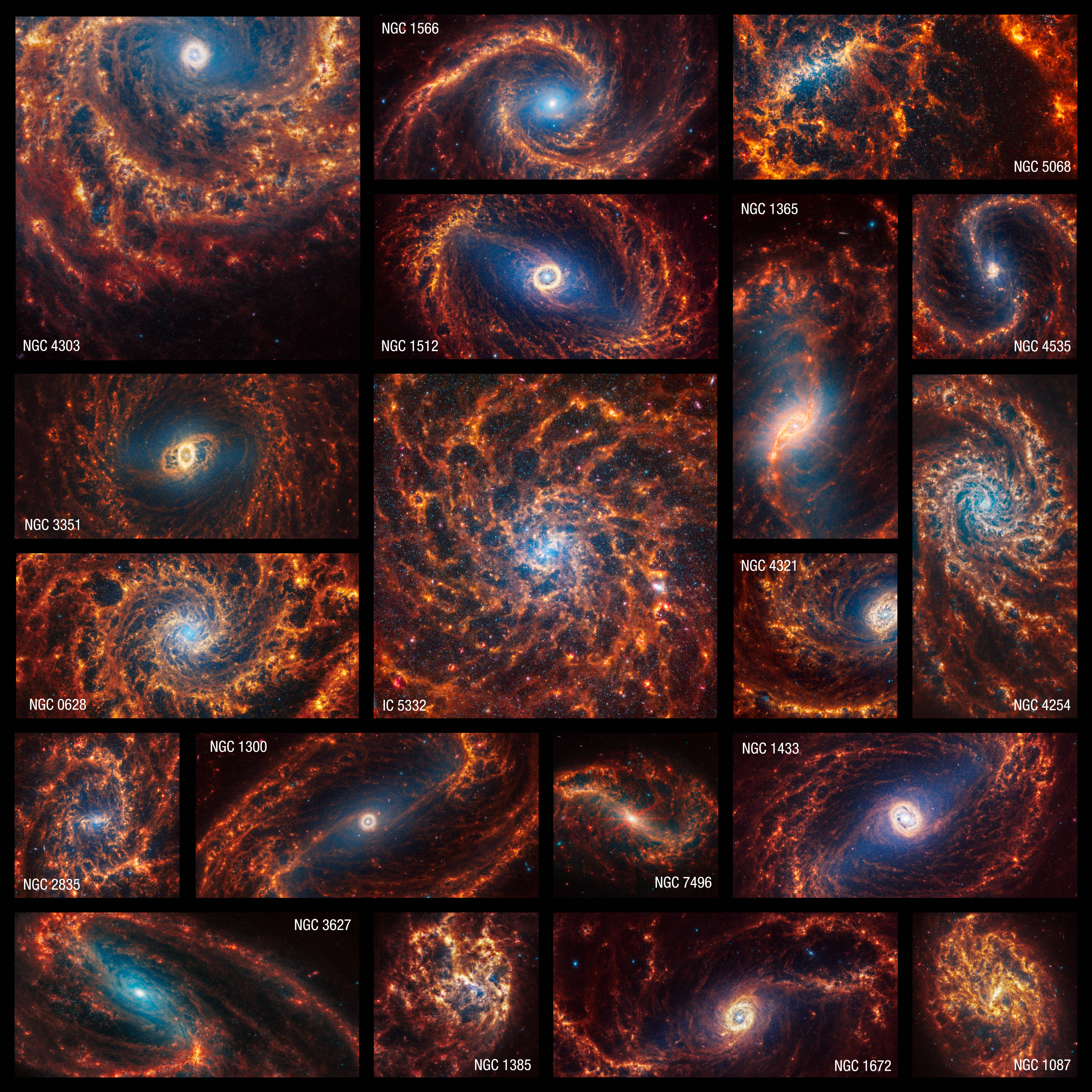2024-01-29 スイス連邦工科大学ローザンヌ校(EPFL)
◆EPFLのチームは、フェムト秒レーザーテクノロジーを用いて実験を行い、1cmのテルライトガラスに線模様を露光すると、UV光および可視光スペクトルにさらすことで信頼性のある電流を数ヶ月にわたり生成できることを確認しました。これにより、光を用いてガラスを半導体に変換する新たな可能性が開かれ、これが実用化されれば窓が光収集デバイスに変わる可能性があります。
<関連情報>
- https://actu.epfl.ch/news/turning-glass-into-a-transparent-light-energy-harv/
- https://journals.aps.org/prapplied/abstract/10.1103/PhysRevApplied.21.014008
フェムト秒レーザーでテルライトガラスに光導電パターンを直接描画 Femtosecond-laser direct-write photoconductive patterns on tellurite glass
Gözden Torun, Anastasia Romashkina, Tetsuo Kishi, and Yves Bellouard
Physical Review Applied Published 5 January 2024
DOI:https://doi.org/10.1103/PhysRevApplied.21.014008
ABSTRACT
We report the formation of arbitrary photoconductive patterns made of tellurium (Te) nanocrystals by exposing a tellurite (TeO2-based) glass to femtosecond laser pulses. During this process, Te/TeO2-glass nanocomposite interfaces with photoconductive properties form on the tellurite glass substrate. We show that these laser-written patterns exhibit a photoresponse, from the near ultraviolet (263 nm) to the visible spectrum, stable over a few months. Specifically, high responsivity (16.55 A/W) and detectivity (5.25 × 1011 Jones) of a single laser-written line pattern are measured for an illumination dose of 0.07 mW/cm2 at 400 nm. This work illustrates a pathway for locally turning a tellurite glass into a functional photoconductor of arbitrary shape, without adding materials and using a single laser process step.



